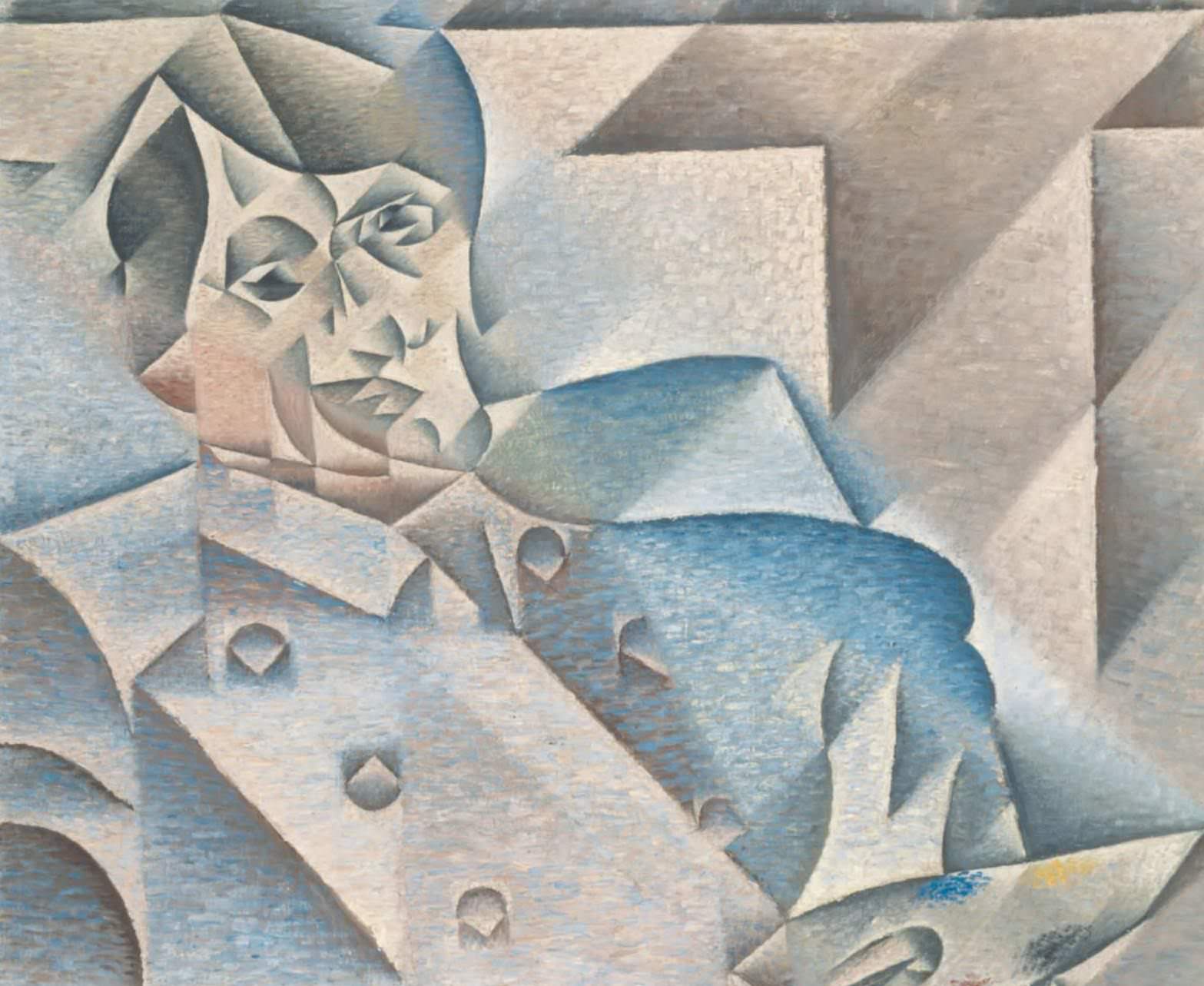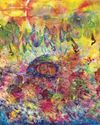Stuart Greenstreet wonders why Cubist communication failed to catch on.

In 1906 Pablo Picasso painted a portrait of Gertrude Stein, an American avant-garde writer and art collector who had settled in Paris. To the complaint that the picture did not look like her, Picasso replied “No matter, it will.” What he meant is that when people had got used to ‘reading’ his new way of representing things they would be able to see the portrait’s likeness to Mrs Stein.
Picasso finished the Stein portrait two years before producing any of his explicitly Cubist works, and before the term ‘Cubism’ was invented. But it foreshadows Cubism through the influence of Cézanne’s late paintings, with their shifting, mobile viewpoint. However, Picasso and Cézanne had crucially different attitudes to their work. Cézanne drew his inspiration from his immediate visual reaction to the objects before him; whereas Picasso famously claimed “I paint objects as I think of them, not as I see them.” From 1908 onwards he was drawn to creating art according to his own internal vision.
A New Perspective on Art
This story is from the October/November 2017 edition of Philosophy Now.
Start your 7-day Magzter GOLD free trial to access thousands of curated premium stories, and 9,000+ magazines and newspapers.
Already a subscriber ? Sign In
This story is from the October/November 2017 edition of Philosophy Now.
Start your 7-day Magzter GOLD free trial to access thousands of curated premium stories, and 9,000+ magazines and newspapers.
Already a subscriber? Sign In

Metaphors & Creativity
Ignacio Gonzalez-Martinez has a flash of inspiration about the role metaphors play in creative thought.

Medieval Islam & the Nature of God
Musa Mumtaz meditates on two maverick medieval Muslim metaphysicians.

Robert Stern
talks with AmirAli Maleki about philosophy in general, and Kant and Hegel in particular.

Volney (1757-1820)
John P. Irish travels the path of a revolutionary mind.

IT'S A WONDERFUL LIFE
Becky Lee Meadows considers questions of guilt, innocence, and despair in this classic Christmas movie.

"I refute it thus"
Raymond Tallis kicks immaterialism into touch.

Cave Girl Principles
Larry Chan takes us back to the dawn of thought.

A God of Limited Power
Philip Goff grasps hold of the problem of evil and comes up with a novel solution.

A Critique of Pure Atheism
Andrew Likoudis questions the basis of some popular atheist arguments.

Exploring Atheism
Amrit Pathak gives us a run-down of the foundations of modern atheism.